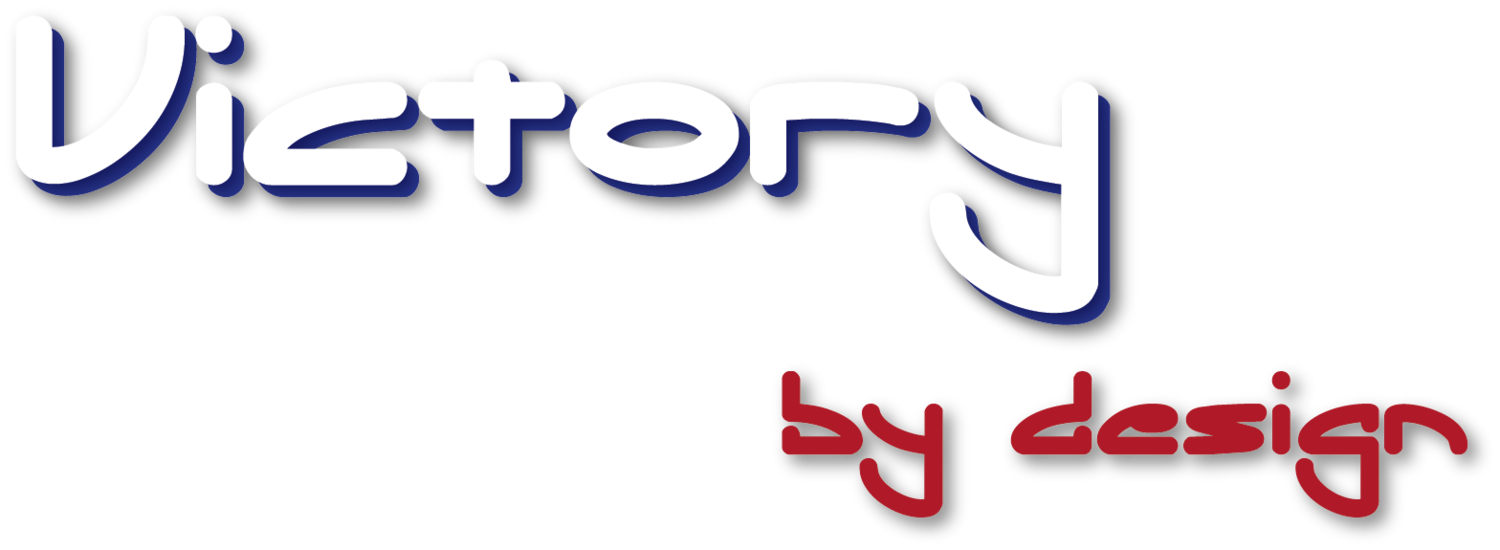Story from Goetz Boats
Brad Robinson lives in the Lake Minnetonka area, just on the western outskirts of Minneapolis. He is an engineer, sailor and dreamer, holding a number of patents in all three, well at least the first two, realms. Being an innovator by nature, Brad has contributed a number of ideas to various inland class scows that have made them easier and safer to sail. He became fascinated with applying better engineering and modern materials to the A Scow, the class in which he has been active for the past 27 years.
In the winter of 1995, Brad read an article in the New York Times business section about Eric Goetz and his boat building business. They were "top dogs" in the high-performance sailboat building game. Brad called them and was invited for a visit and an opportunity to discuss the innovative ways Goetz was using carbon fiber to reduce weight and increase strength. In February of 1997, Brad visited the Goetz facility and was overwhelmed by their technology and building skills.
In June of 1997, a member of the Goetz team and world-renowned designer Dirk Kramers traveled to Minnesota to experience sailing an A Scow and to learn more about them. They also began to understand Brad's dream: build an A Scow utilizing a carbon fiber hull and other weight reduction features that would net a total weight of 1200 to 1300 lbs., compared to the 1,850 pounds a fiberglass A weighs. The project then languished (but not Brad's dream) until the spring of 2000, when it moved again to the front burner.
Building the "A" hull In December 2001, Brad decided to go ahead and build a boat with a hull of fiberglass construction with a careful eye on the "box rule" governing the A Scow class. A nearby company began building the hull plug in late February of 2002. The only changes to the common A shape was to better streamline the hull by removing the "bumps" and increasing the hull width at the bow and stern by about 6 cm. The length, width, molded depth and deck crown measurements, appendage and rig specs were very near common A Scow dimensions.
In December 2002, Brad and a team of experienced fiberglass experts started molding the deck and the hull, followed by the center truss. The finished hull and deck were removed from the mold on February 27, 2003, and Victory was born! With the glass components assembled, Brad went to work fitting out all his long awaited ideas in time for a May 4 launching.
In the following weeks and months, Victory proved to be easier and safer to sail with its articulating bow sprit, and quite fast. Victory didn't win all the races, but undoubtedly moved the competition up a notch as have other improvements over the history of this development class.
A step further: carbon fiber and the V38 The fiberglass version served to be a great "proof" boat for what Brad had originally conceived. But Brad was still pacing the floor over his dream. In the fall of 2005, Brad and his wife Susana decided to move forward with the carbon fiber boat project. After several months of planning, they formed Victory by Design, LLC and decided upon V38 as the name for the new class.
Goetz Custom Boats was selected to put its expertise and experience to work on the project. Presently, finishing touches are being put on hull #1, named Innovation. The high quality tooling and molds made the Goetz team's work easier. GCB is pleased to be a part of the process of production of Brad's long-dreamed-of carbon fiber boat, and know it will provide an abundance of spectacular sailing as the class grows.
The assurance of competition and innovation The Inland Lakes Yachting Association established a class that assures racing competition for the new lighter-weight boat. The combination of increased safety, ease of handling, and brute speed of the V38 is hoped to become a magnet for sport boat enthusiasts from around the country who want to race one of the world's fastest and most exciting monohulls.
